The first continuous blood glucose monitor for performance
The Supersapiens continuous glucose monitor offers a useful snapshot into your blood glucose levels, helping you optimise your on-the-bike fuelling strategy
Over the years, technological advancements have played an enormous part in helping athletes optimise their training and maximise performance. The tools and technologies most of us are familiar with today, such as training with power meters, were once a foreign concept reserved for professionals. However, just as quickly as technology trickles down to the masses, new concepts are introduced, helping the fastest get faster.
One of the latest technologies to sweep through professional cycling is continuous glucose monitoring. The small sensors you may have seen applied to the triceps of riders from Team Ineos, Jumbo Visma, Canyon SRAM and Qhubeka Assos, are continually gathering data about a rider’s level of interstitial glucose, helping them to understand how their body reacts to fuel and how this is affected by different types of fuel. This information provides an extra piece of the puzzle to help a rider – and their performance directors – understand at what level the athlete performs at the best, and an everyday view of how efficiently a rider burns fat versus carbohydrates.
The technology was created by health-technology company, Abbott. Its Freestyle Libre sensor was launched to the public in 2014, and is widely used by diabetics to remove the need for routine finger pricking. The sensor, which measures blood glucose levels continually, is applied to the arm and pairs via Bluetooth with a reader or an app that can graph out the user’s blood glucose levels over time.
Taking this technology and applying it to performance enhancement is Supersapiens founder Phil Southerland, who has been a Type 1 Diabetic since childhood.
Southerland is a keen cyclist, and with regular blood glucose testing, has defied doctors’ orders to lead a healthy and successful cycling career. He is also the founder of Team Type One, an organisation of over 170 athletes with Type 1 diabetes; and Novo Nordisk, the UCI ProTeam that was prominent in the breakaway at Milan-San Remo this year.
In his own words, monitoring glucose for health could also become monitoring glucose for performance and, in 2006, he competed in the Race Across America (RAAM), as part of Team Type One. The team was given early prototypes of the continuous glucose monitoring sensors and went on to win the eight-person open race. The following year, Team Type One won the race again, breaking the record in the process.
With the knowledge gained from a lifetime of learning, Southerland believes that this concept of glucose for performance isn’t exclusive to diabetics, and that all athletes can benefit from tailoring their sugar strategy.
There’s certainly truth in the matter. Glucose is key to performance and correct fuelling is one of the most underused so-called marginal gains, but is Supersapiens’ continuous glucose monitor really the solution?
- Cycling nutrition: your ultimate guide
- Best energy food: fuel your ride and power your performance with the best bars, gels, chews and drinks
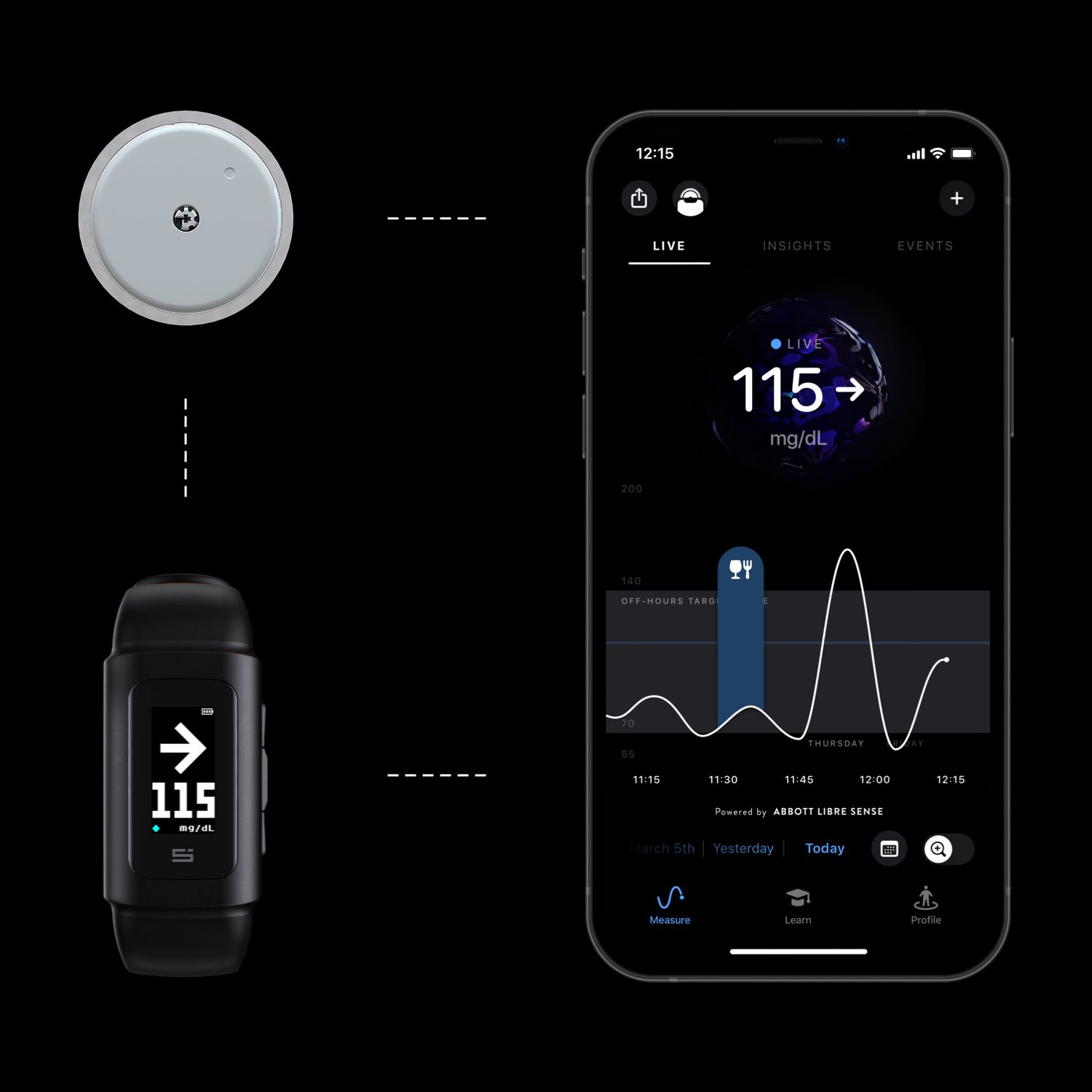
The sensor itself is circular, 35mm in diameter and 5mm thick. The outward face is white, while the face that touches the skin is clear and ridged. Inside, there’s a circuit board, a small battery, an NFC chip, Bluetooth sensor, and a small amount of onboard memory. It’s to be worn on the back of your upper arm.
If any part of this review will put you off using continuous glucose monitoring, it’s the fact that protruding from the inner face is a 5mm long filament that, for the entire time you wear it, will poke through your skin and into your arm. This filament is flexible, is approximately the width of a couple of hairs, and it’s genuinely pain free. According to Southerland, the risk of infection is small – less than one per cent – would only lead to light irritation and a small bump on the skin, and is vastly reduced by cleaning the area prior to application.
The sensor sticks to the skin using a dual-sided sticky patch, which comes pre-applied to the sensor. If you’re worried about it coming loose, a second, larger sticky patch is available that can be applied over the top. For my first sensor, I wore the second sticky patch – I didn’t trust that it would remain in place without it – however upon trying to remove the sensor at the end of the 14 days, it became clear that my concerns were unnecessary, as it was still well and truly secure. For the second sensor, I forewent the second patch. The only reason I can see someone needing to wear the second patch is anyone in regular physical contact with others – I’m thinking rugby players – where rough contact could pull the sensor from the skin.
No IPX rating is given by Supersapiens but the Freestyle Libre 2 sensor – also made by Abbott for diabetics – is given a rating of IPX7, meaning it’s suitable for submersion to a depth of 1m for 30 minutes. My presumption is that the Abbott’s Libre Sense Glucose Sport Biosensor used by Supersapiens is made to the same rating, and during testing I showered, bathed and sweated on the turbo trainer without any issues with the functionality of the sensor or the stickiness of the patch holding it in place.
According to Southerland, the onboard memory is good for around eight hours of data, although I’ve found it to max out at around 7.5 hours. This means there’s regularly a gap at night, but this is the point at which blood glucose is at its most stable, so I don’t feel these gaps in data create any gaps in insight.
The sensor then remains active within the app for 14 days before it expires. This expiry is set on a timer, so all the battery needs to do is last the 14 days, which it does.
- Best power meters: Consistent power data for both indoor and real-world cycling
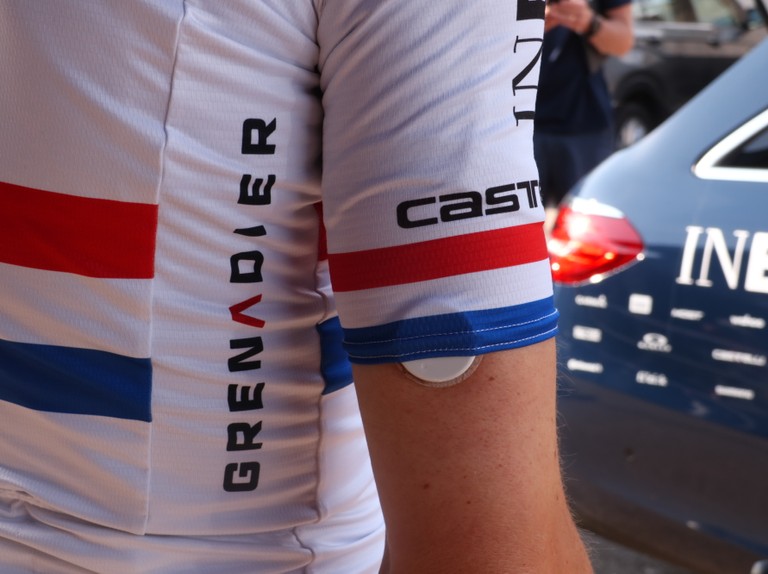
Application itself is really straightforward. When you first do it, there’s a short learning curve, but the Supersapiens app has both video- and article-based walkthroughs which are clear and easy to understand.
With each sensor comes an applicator, which is a handheld device that you use to extract the sensor from its pouch, then push down and apply the sensor to the skin. Placed centrally in the applicator is a needle that is around 8mm long and 1mm thick. This needle is used to prick the skin and provide entry for the filament, and once it’s done its job, it retracts to within the applicator for safety. To reiterate, the needle itself doesn’t stay in the skin.
If you’re anything like me, the needle will seem ominous but the actual prick is surprisingly pain-free. For my first application, which you can watch in the video below, the apprehension was high, the prick of the needle was almost non-existent, however, there was an unexpected pain afterwards when I moved, which faded within five seconds. For my second sensor, this post-application pain was non-existent.
There is a slight risk – around 1.5 per cent – of hitting a nerve upon application, which Southerland says would lead to a mild discomfort for a couple of days. I have a feeling this happened with my first application because of that post-application pain, but also due to occasional tingling sensations I experienced for a few days after. As it was my first ever experience with such a sensor, I assumed it was par for the course, but I didn’t experience any such feelings with the second sensor.
Removal
At the end of the 14-day period, your sensor will expire within the app, so you’ll need to remove it and apply another. The removal process is just like pulling off a plaster. For me, despite the filament being pulled from the skin, there was no pain, bleeding, or marks left behind.
- Best cycling apps: Plan routes, stay safe, track your fitness and more
Supersapiens app
Upon application, the sensor will need to be paired to the app. This is a simple case of scanning it using the NFC capabilities of your smartphone – as if paying using contactless in a store – and then it takes an hour to gather data before it becomes visible within the app.
The main tab within the app is called ‘Live’. This comprises your live blood glucose level, which becomes visible as soon as a Bluetooth connection is established. It is measured in mg/dl (milligrams per decilitre) and ranges from 55, maxing out at 200. According to Southerland, there are two ideal levels for each individual: ‘Off-hours’, which is the blood glucose level at rest, which Supersapens calls the ‘off-hours target range’, and ‘on-hours’, which is during exercise. Due to the needs of the body, the blood glucose level during ‘on-hours’ periods will be higher, this range is coined by Supersapiens as the ‘Glucose Performance Zone’.
When a Bluetooth connection exists between phone and sensor, the data is measured minute-by-minute. Without a live Bluetooth connection, the sensor will continue to measure your data, but at 15-minute rolling averages, and store it in its onboard memory. You can then transfer this by scanning the NFC chip with your smartphone.
It will continue to collect live minute-by-minute data when you minimise the app or put your phone away assuming it remains within range and bluetooth remains switched on. Closing the app will lose the connection and revert to those 15-minute averages.
Below this is a timeline of your mg/dl value over time, onto which you can overlay events such as workouts and ‘life’ events such as meals, fasting, sleep and periods of stress. Adding these events is straightforward, albeit slightly clunky, and you can add notes, tags and more to enable you to compare them later down the line. At the moment, there are no integrations with third-party apps, but Southerland tells me that the brand is working on integration, so I predict it’s only a matter of time before things such as your Strava activities or MyFitnessPal meal tracking becomes seamless. Likewise, there’s not currently any integration with the best cycling computers, but Southerland suggests this is in the works too, meaning your data will be visible in real-time whilst riding, without having to open the app on your phone.
Across from the Live tab is ‘Insights’. This page begins by supplying information on today’s exposure to glucose, before offering up detailed reports on historical exposure. With averages over set periods of time (day, week, month, etc), as well as information about your typical variability (how much your mg/dl value fluctuates), and your zones.
The third and final tab is called ‘Events’, and this allows you to see your events ordered in a list. From here, you can select and compare events against others, allowing you to overview how your blood glucose level responds to different meals or different exercise intensities. With the compare feature, you can see data during the event, as well as pre-event glucose loading.
Everyone will react to fuel differently and perform best at a slightly different level. However, there are general best practices that we can all benefit from. In medical terms, anything below 72 is considered hypoglycaemic, while anything above 125 (while fasting) is considered hyperglycaemic. The average for non-diabetics can be anywhere between those numbers, with men typically averaging around 106mg/dl. I have averaged 110mg/dl throughout my four-week test. Anyone who knows me will attest to the fact that I eat a lot of sugar, so this serves as a reassurance that the sensor is accurate.
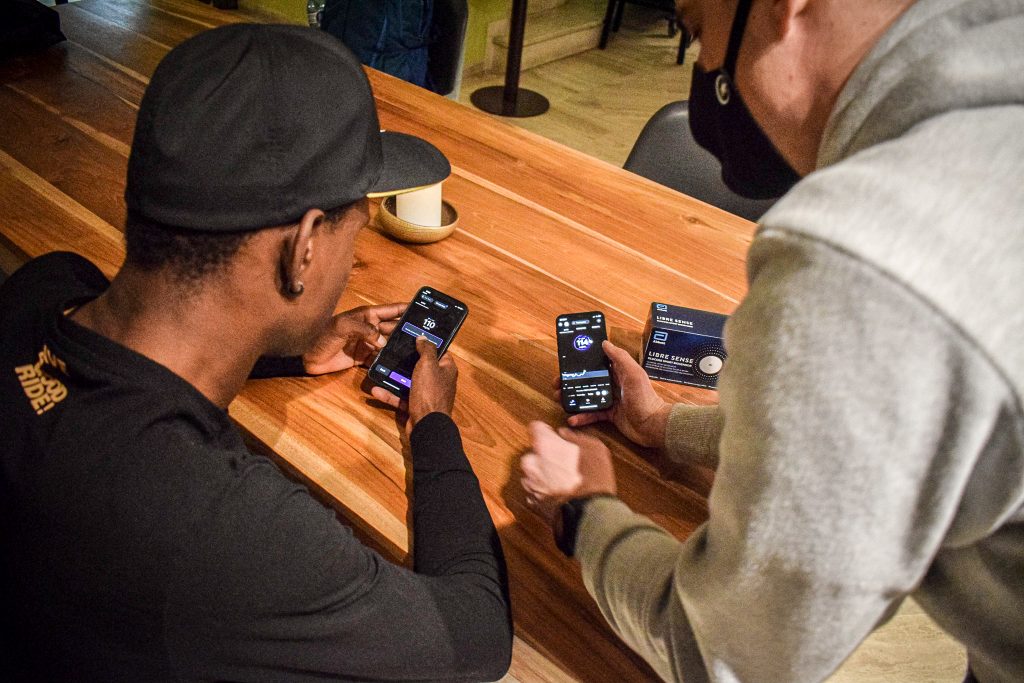
So what’s the point?
With all the technological advancements in cycling that are designed to make you go faster, such as aero helmets, waxed chains and skinsuits, there are few that yield greater results than consistently fuelling your workouts correctly.
The human body can typically store enough glycogen for around an hour’s worth of high-intensity exercise, and beyond this, it can metabolise around another 90 grams of carbohydrates per hour (with 2:1 glucose to fructose ratio) although recent research suggests the 30g fructose can be pushed higher. Nonetheless, under fuelling will quickly lead to reduced performance.
During ‘on-hours’, Supersapiens claims there’s a tangible performance benefit to maximising the time spent within your ideal blood glucose performance zone without under- or over-fuelling.
During ‘off’ periods, this can be just as important. Dropping below 70 mg/dl is said to impede your ability to replenish your muscle glycogen, and spiking above 140 mg/dl has been associated with inflammation, so remaining within these parameters is key to maximising recovery.
How Supersapiens can help
GO TO ABBOTT
By continually monitoring your blood glucose, Supersapiens enables the understanding of your body’s typical range, how different foods affect it, and what level you feel you perform best at (your glucose performance zone). To use the cliche saying, knowledge is power, and by continually monitoring your blood glucose and plotting it onto a timeline, Supersapiens provides that knowledge.
In order to get the best insight into the potentials of the Supersapiens continuous glucose monitor, I spoke with Javier Gonzalez, lead performance nutritionist at Ineos Grenadiers, who has been using the sensor on riders since January this year.
“When [a rider is] exercising, they’re burning a mixture of carbohydrates and fats, and the carbohydrate will be coming from their muscle glycogen stores, their liver glycogen stores, and the food that they’re eating. These devices measure interstitial glucose, which is the glucose level in the circulation, and that will reflect the amount that’s coming from what they’re eating, and also from their liver glycogen stores that are being broken down. So it gives us a little bit of a window into one of the fuel sources that they have available during the session.
“If they’re eating, or if they’re doing different types of sessions, then that will influence the fuels they’re using. And we can get a bit of a snapshot from the glucose levels as to what’s going on with their metabolism.”
The real-time, yet continuous nature of the sensor lends itself to being used in a wide range of scenarios, from highly controlled lab testing to passive monitoring in everyday life. Gonzalez explains a few ways in which Ineos is using Supersapiens to gain insight into its riders.
“We do some very specific controlled, almost little experiments if you like, in training to understand how riders might respond to different fuelling strategies, it might be that they change the timing with when they eat, or it might be new products that we’re trying out to see that how that affects their blood-glucose level.
“One of the tests we’ve done is we get riders to do a training session without ingesting carbs. And we can see how that in one of the sessions, their blood glucose will drop. When they are better adapted to some of the lower carb sessions, then they should be able to maintain their blood glucose level for longer without needing to take onboard carbs.
“But then the other way is just monitoring and understanding. We know that if you don’t fuel enough in prolonged sessions, then one of the causes of fatigue can be a low blood glucose level hypoglycaemia. So if a rider is fatigued, then we can understand if [low blood glucose] was a potential cause, or we can rule it out to know it must have been something else.”
What’s clear is that Supersapiens is not an app for the passive and it won’t simply feed you actionable insights for free. The app is not a coach, it’s a tool to be used. Think of it in the same way you think of a power meter, in that both will simply be expensive random number generators until you use the data they provide to optimise your training. To that end, throughout the test period, I used the Supersapiens app to try to learn about my body in various ways.
A true love for sports

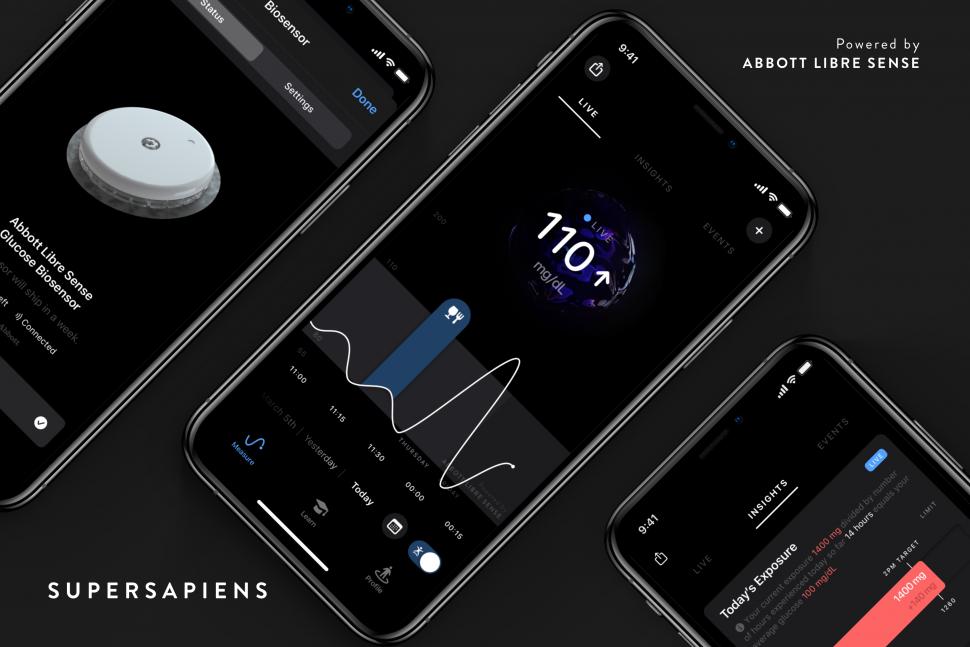
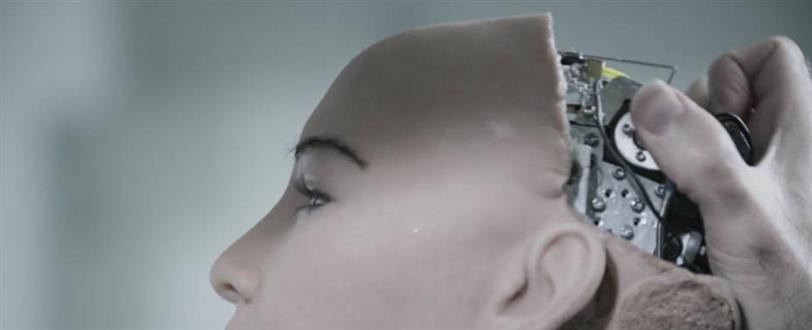
Recent Comments